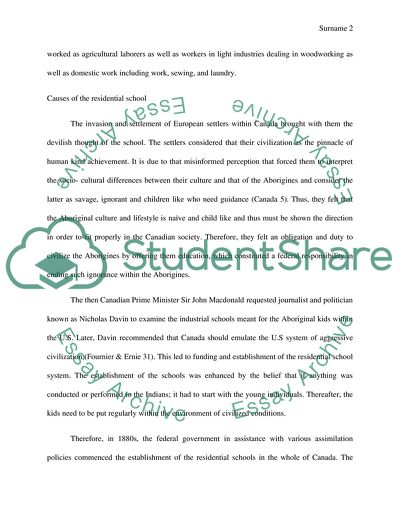Cite this document
(School System Established by the Canadian Government and Managed by Coursework, n.d.)
School System Established by the Canadian Government and Managed by Coursework. Retrieved from https://studentshare.org/social-science/1817245-anishiinbe
School System Established by the Canadian Government and Managed by Coursework. Retrieved from https://studentshare.org/social-science/1817245-anishiinbe
(School System Established by the Canadian Government and Managed by Coursework)
School System Established by the Canadian Government and Managed by Coursework. https://studentshare.org/social-science/1817245-anishiinbe.
School System Established by the Canadian Government and Managed by Coursework. https://studentshare.org/social-science/1817245-anishiinbe.
“School System Established by the Canadian Government and Managed by Coursework”, n.d. https://studentshare.org/social-science/1817245-anishiinbe.


